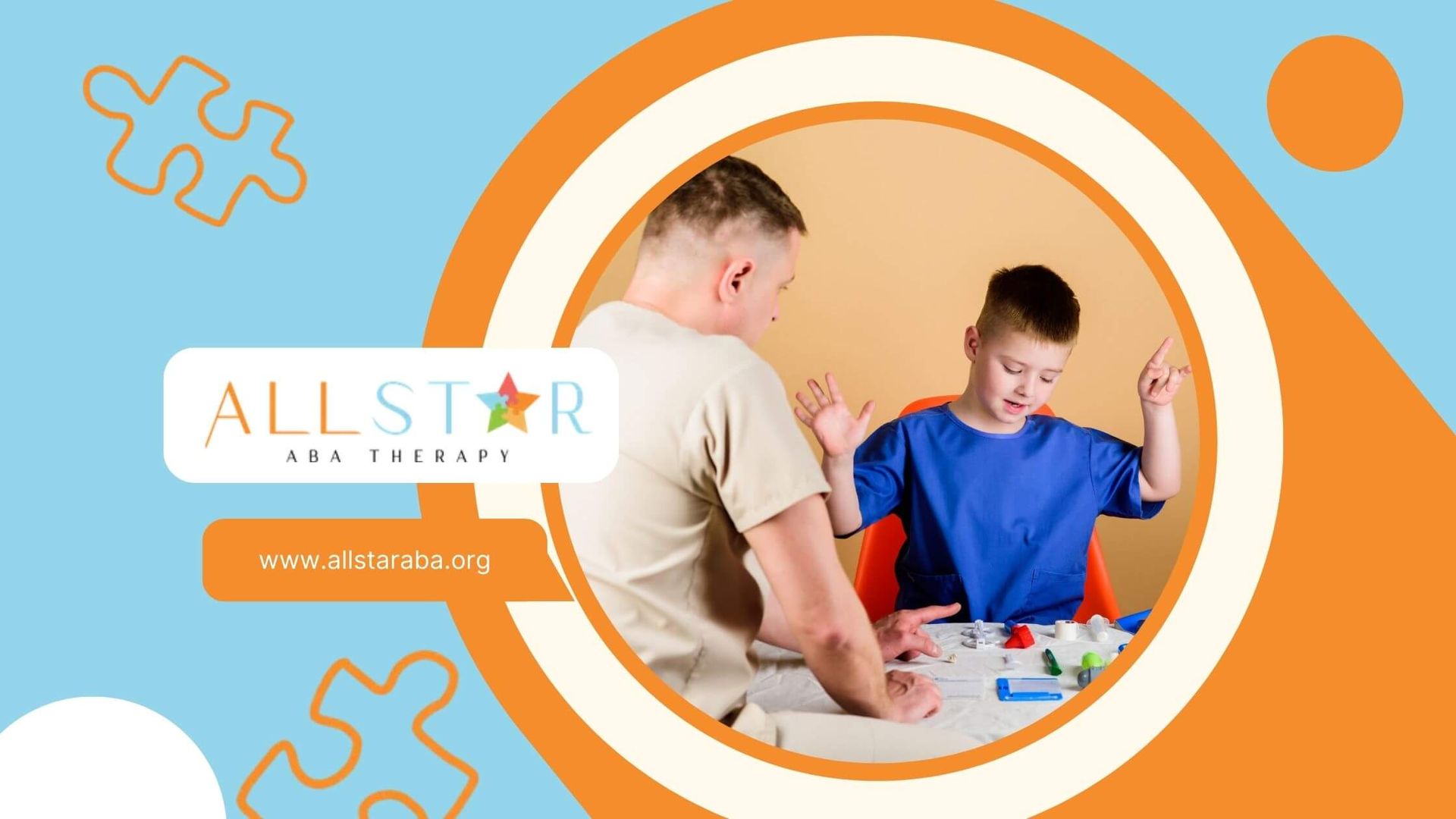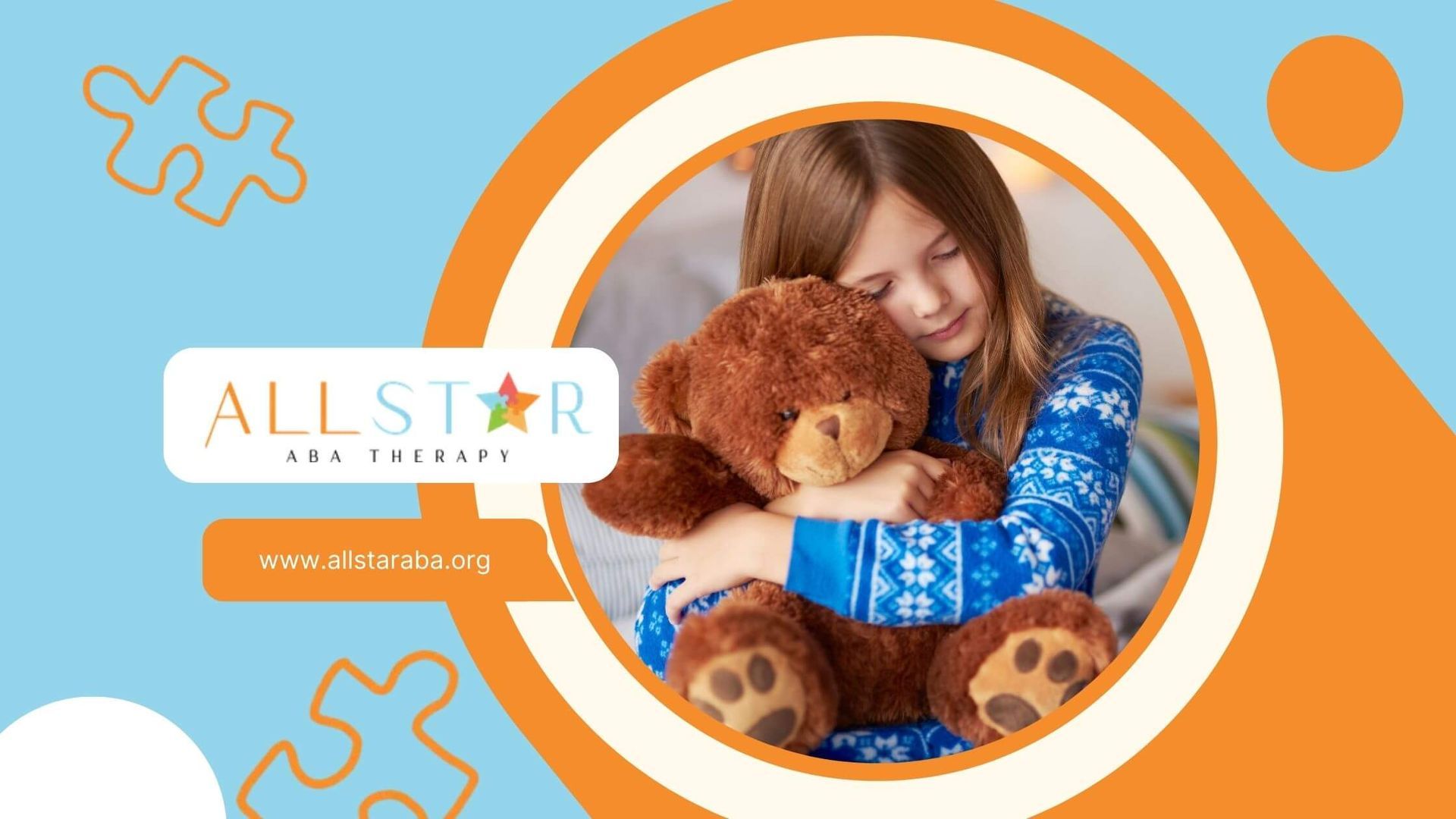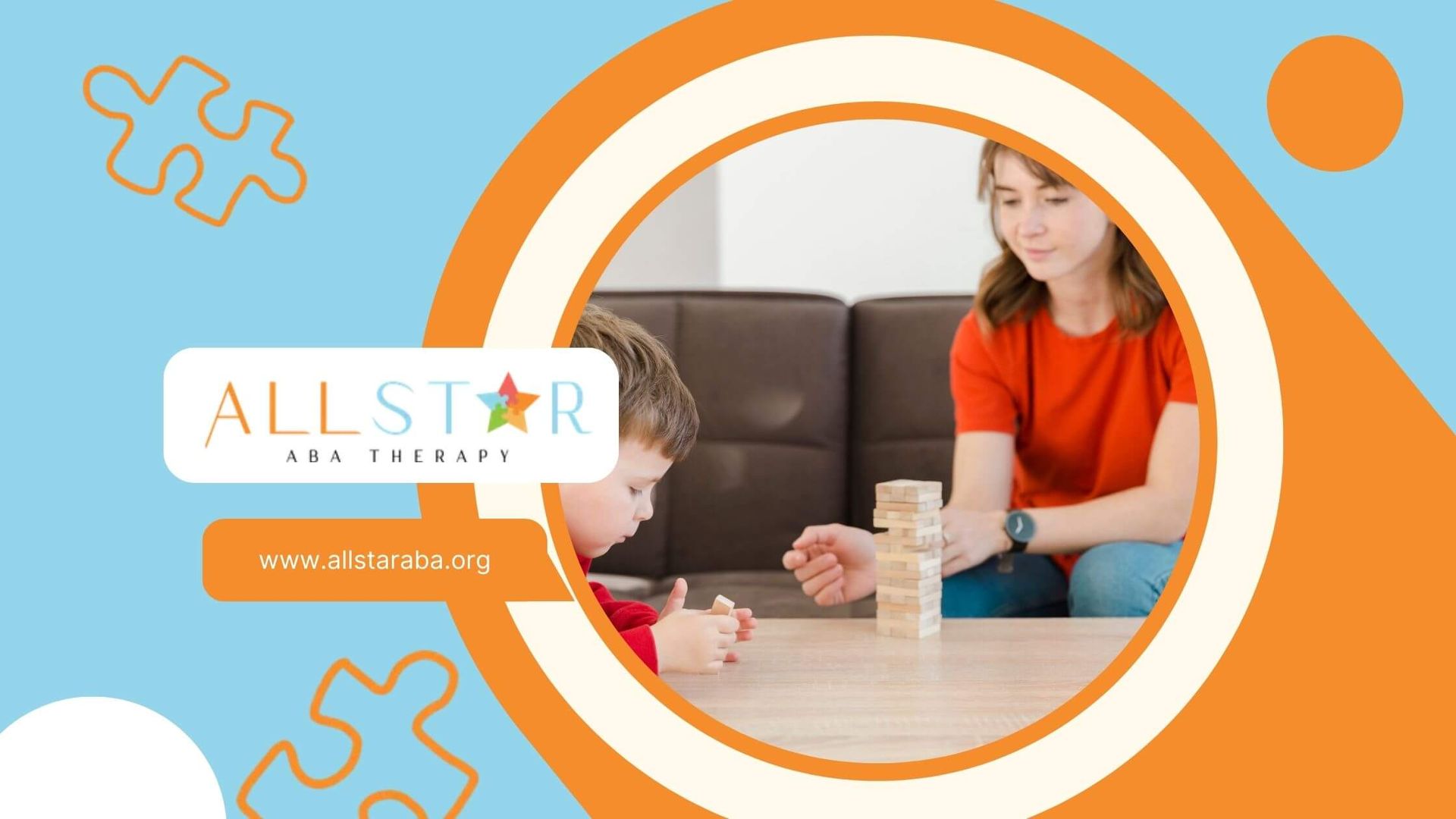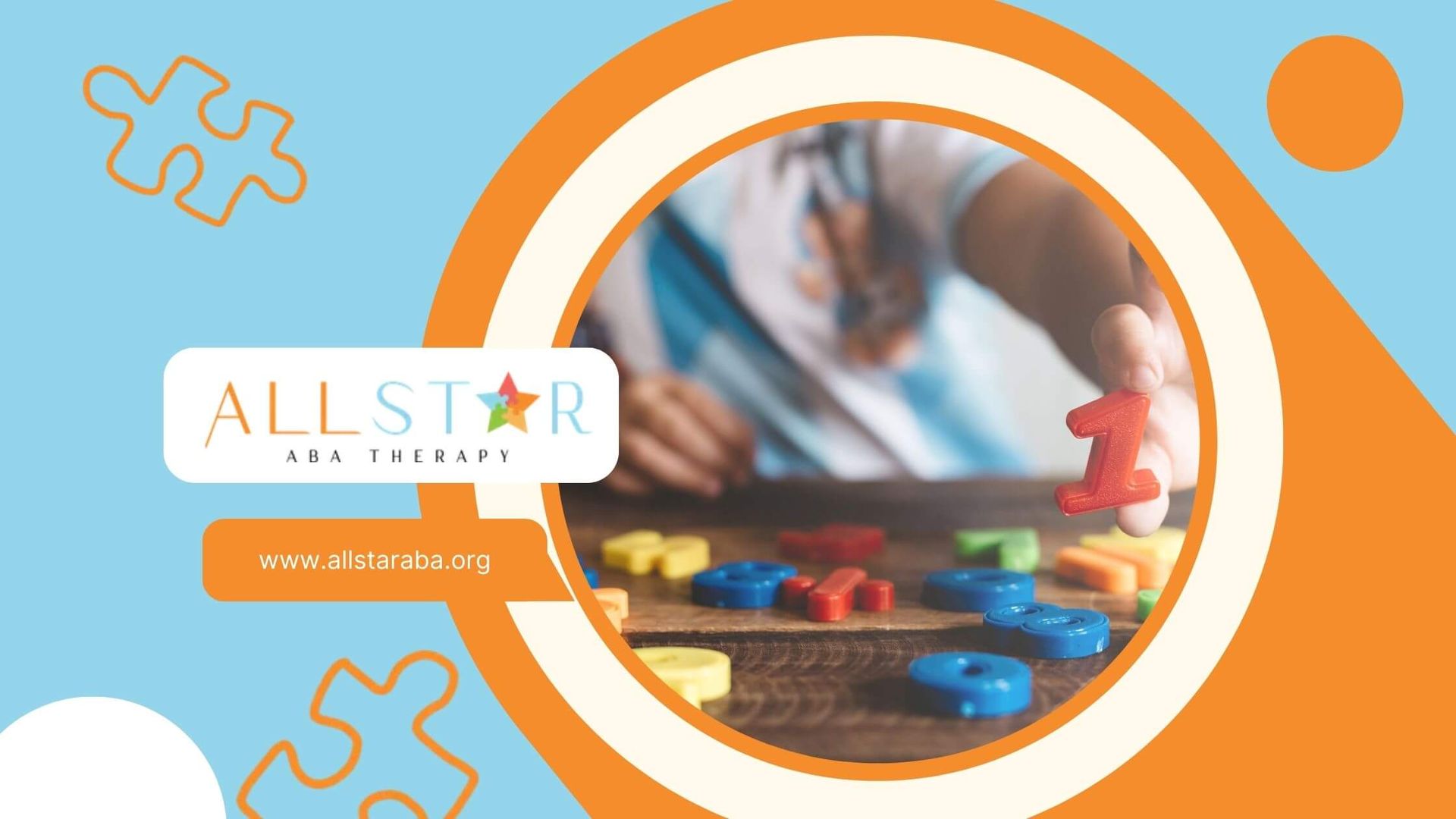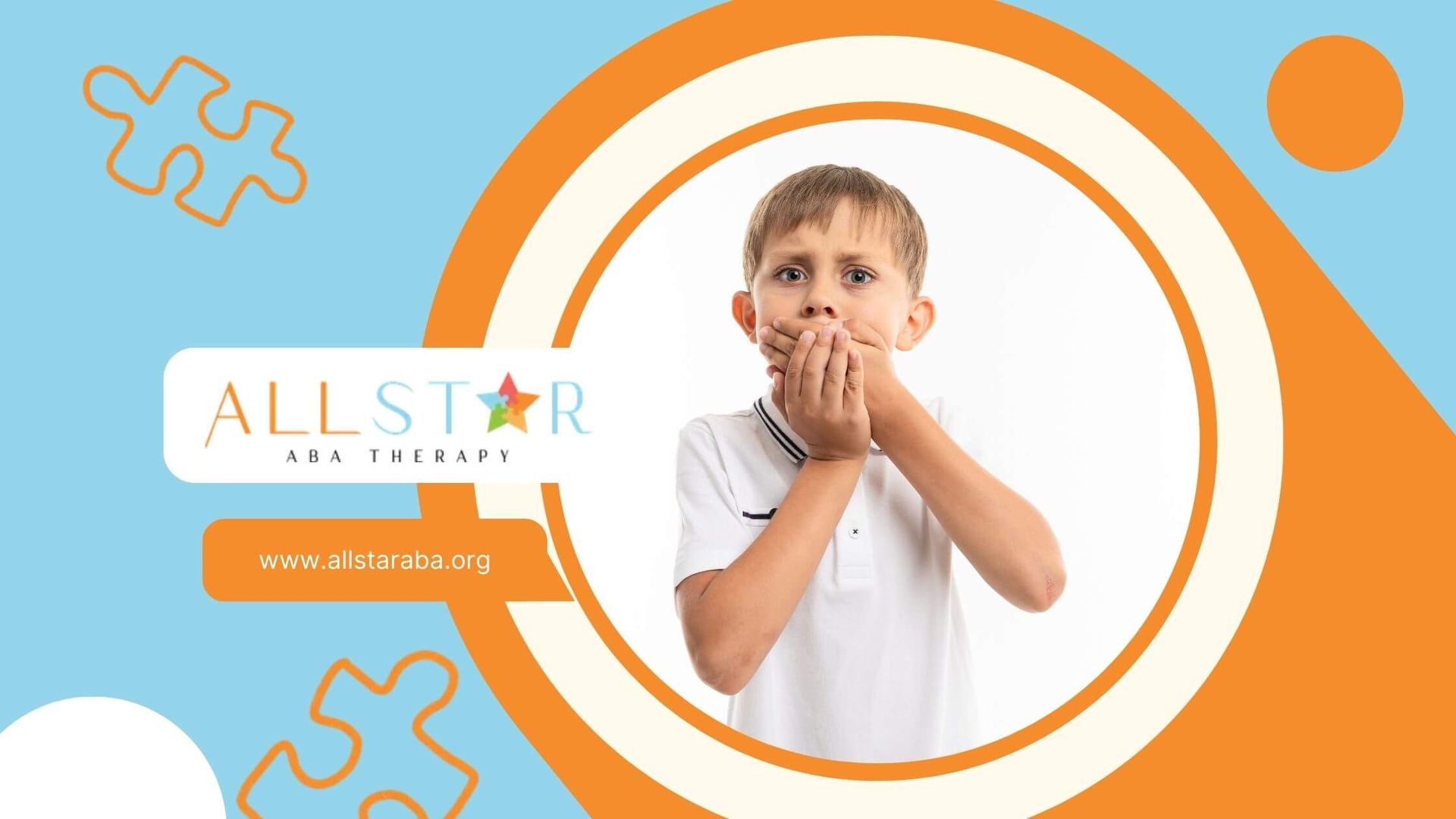New Paragraph
The Benefits of ABA Therapy for Anxiety in Autism Spectrum Disorder
Anxiety can amplify the daily challenges faced by individuals with Autism Spectrum Disorder and their families. Nearly half of adults with autism experience clinically elevated anxiety, and around 40 percent of children on the spectrum struggle with persistent worry or stress.
Applied Behavior Analysis offers structured, evidence-based interventions that target the behaviors and thought patterns underlying anxiety. ABA therapy for anxiety aims to teach coping skills, promote emotional regulation, and reduce avoidance. Readers will explore how ABA techniques address anxiety, review the research supporting their use, and find practical guidance for implementing these strategies at home, in the classroom, and beyond.
Understanding Anxiety in Autism
Prevalence and Impact
Anxiety disorders affect an estimated 1 in 5 children in the general population. For those with ASD, rates vary between 11 percent and 84 percent depending on diagnostic criteria and assessment methods. Another study suggests that approximately 40 percent of autistic children and 50 percent of adults with ASD meet clinical thresholds for anxiety.
Unmanaged anxiety can worsen core autistic features, increase family stress, and lead to functional impairments that affect academic performance, peer relationships, and daily routines. Financially, families may face annual treatment costs between $20,000 and $60,000 for autism with co-occurring anxiety.
Common Anxiety Triggers
Anxiety in individuals with ASD can stem from a range of internal and external factors. Recognizing these triggers helps therapists and caregivers design targeted interventions.
Identifying patterns allows ABA practitioners to implement preventive strategies and tailor exposure-based activities that gradually reduce anxiety around these triggers.
What Is ABA Therapy
Core Principles of Applied Behavior Analysis
Applied Behavior Analysis is grounded in learning theory, focusing on how environmental factors influence behavior. Practitioners conduct functional behavior assessments to identify antecedents (what happens before a behavior) and consequences (what follows a behavior).
By modifying these variables, they encourage desired behaviors and reduce maladaptive responses. Reinforcement, providing a reward after a target behavior, lies at the heart of ABA. Positive reinforcement techniques reward adaptive coping strategies, helping individuals replace avoidance or escape behaviors with constructive actions.
Evolution of ABA Practices
Early forms of ABA relied heavily on repetitive drills and, in some cases, aversive methods that are no longer considered ethical. Modern ABA emphasizes positive reinforcement, skill-building, and respect for neurodiversity.
Contemporary programs aim to support independence without trying to erase autistic traits or force conformity. Intensity and methods vary by individual needs, with some plans offering 10 to 40 hours per week of intervention and others providing targeted sessions for specific challenges. Research indicates that flexible, person-centered approaches yield the best outcomes.
How ABA Addresses Anxiety
Behavior Activation and Exposure
Behavioral activation encourages individuals to face anxiety-provoking situations in a controlled way. By breaking down a feared activity into manageable steps, ABA therapists guide clients through gradual exposure. Each successful step earns positive reinforcement, decreasing avoidance and building confidence over time.
Coping Skills Development
ABA interventions teach practical coping strategies that can be applied in real time. Techniques include relaxation exercises, deep breathing, and self-soothing routines.
Clients practice these skills during sessions and are encouraged to use them when anxiety spikes. Reinforcing the use of coping strategies increases the likelihood that they become habitual.
Emotional Regulation Techniques
Emotional regulation modules within ABA address the way individuals experience and express feelings of anxiety. Strategies may involve teaching clients to label emotions accurately, recognize early warning signs of stress, and implement calming routines. By reinforcing moments when a client successfully uses a regulation skill, therapists help cement those behaviors in daily life.
Systematic Desensitization
Systematic desensitization pairs relaxation training with gradual exposure. ABA therapists collaborate with clients to create hierarchies of anxiety-inducing scenarios, ranking them from least to most distressing. Over multiple sessions, clients confront items on the list while practicing relaxation techniques until anxiety responses diminish.
Evidence Supporting ABA
Research Studies on Anxiety Reduction
Several peer-reviewed studies report significant reductions in anxiety symptoms following ABA-based interventions. A notable report from the Association for Behavior Analysis International found that targeting maladaptive behaviors linked to anxiety led to measurable improvements in social engagement, communication, and adaptive functioning. A meta-analysis spanning 50 years confirms the efficacy of behavior analytic interventions for anxiety management in ASD.
Statistics on Outcomes and Adaptive Behaviors
Data suggests that between 60 percent and 80 percent of participants exhibit reduced anxiety levels after a dedicated ABA program. In many cases, improvements in adaptive behaviors, such as following routines, engaging in social interactions, and coping with sensory challenges, accompany anxiety reduction. These dual gains enhance overall quality of life and can decrease reliance on pharmacological interventions.
Expert Recommendations
Behavior analysts, psychologists, and educators agree that a collaborative model is critical for success. A team approach involving therapists, family members, and school personnel ensures consistent implementation of strategies across settings. Experts recommend at least one functional behavior assessment and regular progress reviews to adjust goals and methods as needed.
ABA Anxiety Program Components
Individualized Assessment and Goal Setting
At the outset, ABA therapists conduct thorough assessments to identify specific anxiety triggers, coping deficits, and behavioral patterns. Using tools like functional behavior assessments and direct observations, they work with clients to set measurable, achievable goals. For example, an initial aim might be for a child to tolerate a 5-minute transition period between activities without exhibiting escape behaviors.
Family and Professional Collaboration
Consistency is key. Schools, therapists, and families coordinate to apply strategies across environments. Regular team meetings and communication logs help all parties stay aligned.
Parents might learn to reinforce coping steps at home, while teachers incorporate anxiety-reduction techniques into daily routines. This unified approach increases generalization of skills and fosters a supportive network around the individual.
Intensity and Duration of Intervention
Program intensity varies based on individual needs and resource availability. Some clients thrive with 20 to 40 hours per week of comprehensive intervention, while others benefit from shorter, focused sessions aimed at anxiety management. Research indicates that early, individualized dosing is linked to better long-term outcomes, but flexibility ensures that therapy remains a good fit for each family’s schedule and goals.
Combining ABA with Therapies
ABA and Cognitive Behavior Therapy
Integrating ABA and CBT can enhance anxiety treatment in ASD by addressing both behavioral patterns and cognitive distortions. While ABA emphasizes skill-building and environmental adjustments, CBT focuses on identifying and reframing unhelpful thoughts. Research supports this integrated model and reports greater anxiety reduction when both strategies are used in tandem.
| Feature | ABA Therapy | Cognitive Behavior Therapy |
|---|---|---|
| Focus | Environmental influences on behavior and skill acquisition | Thought patterns and beliefs underlying anxiety |
| Techniques | Positive reinforcement, systematic desensitization | Cognitive restructuring, exposure exercises |
| Session Format | Individualized 1:1 sessions, data-driven | Individual or group, talk-based |
| Goal | Increase adaptive coping behaviors and reduce avoidance | Modify anxiety-related thought processes |
Speech and Language Support
In some cases, anxiety emerges from communication challenges. ABA programs often incorporate direct instruction of social and language skills to reduce frustration and misunderstandings. By reinforcing successful communication attempts, therapists help clients express needs more effectively, which in turn lowers anxiety around social demands.
Sensory Strategies
Sensory sensitivities frequently contribute to anxiety. ABA practitioners may introduce sensory-based interventions like scheduled sensory breaks, use of weighted blankets, or quiet spaces to prevent sensory overload. Gradual exposure to sensory stimuli, paired with positive reinforcement, helps individuals build tolerance and reduce fear responses.
Tips for Families and Educators
Implementing ABA Strategies at Home
Families play a central role in reinforcing ABA techniques. Simple steps at home include:
- Establish predictable routines for meals, homework, and bedtime
- Use visual schedules and social stories to prepare for transitions
- Practice coping skills during low-anxiety moments, pairing success with praise
- Reward small steps toward managing triggers, gradually increasing task complexity
Classroom Applications for Educators
Educators can adapt ABA practices in school settings by:
- Incorporating visual supports like cue cards for relaxation techniques
- Allowing brief sensory breaks when triggers arise
- Reinforcing effort in social interactions with tokens or positive feedback
- Collaborating with behavior analysts to align classroom goals with therapy targets
Monitoring Progress and Adjusting Goals
Tracking data is essential to gauge progress and refine interventions. Therapists and caregivers should:
- Record frequency and intensity of anxiety behaviors
- Note successful use of coping skills in real scenarios
- Review data weekly to celebrate milestones or adjust intervention plans
- Maintain open communication across all team members to keep strategies on track
Challenges and Considerations
Suitability for Different Severity Levels
Not every individual responds the same way to ABA interventions. Mild anxiety may require fewer hours of focused sessions, while severe anxiety with comorbid intellectual disabilities demands more intensive support. Qualified assessments help determine the right level of service.
Addressing Criticisms of ABA
Some critics argue that ABA therapy focuses too heavily on normalizing autistic behaviors, potentially discouraging neurodiversity. While early practices included aversive methods, modern ABA prioritizes positive reinforcement and respects individual differences. Ethical guidelines and ongoing professional training aim to ensure that interventions value autonomy and personal identity.
Ensuring Ethical Practices
Families should seek credentialed Board Certified Behavior Analysts who follow ethical codes that prohibit harmful practices. Transparent goal setting, informed consent, and regular outcome reviews help safeguard well-being. Open dialogue about therapy methods and respect for client preferences are essential to ethical care.
Conclusion
ABA therapy for anxiety in Autism Spectrum Disorder delivers structured, evidence-based approaches to support coping, reduce avoidance, and improve adaptive behaviors. By combining behavior activation, emotional regulation, and systematic desensitization, individuals gain tools to face anxiety triggers in a graded and supportive environment. Collaboration among families, educators, and therapists promotes consistency and long-term success.
Integrating ABA with cognitive behavior strategies, speech support, and sensory interventions further enhances outcomes. Research confirms that ABA-based programs can significantly reduce anxiety symptoms and improve quality of life while accommodating individual needs. Families and professionals should work with qualified behavior analysts to customize interventions, monitor progress, and ensure ethical, person-centered care.
At All Star ABA, we understand that anxiety can greatly impact daily life for children with autism. That’s why our ABA programs in Maryland are designed to not only build communication and life skills but also provide structured, evidence-based strategies to reduce anxiety. Through individualized ABA therapy plans, positive reinforcement, and collaboration with families and educators, we create supportive environments where children can face challenges with confidence.
Contact us today to learn how our team can help your child find calm, resilience, and success.
Frequently Asked Questions
Can ABA therapy help with anxiety in children with autism?
Yes. ABA therapy uses structured, evidence-based strategies like systematic desensitization, coping skill training, and positive reinforcement to help children manage anxiety in everyday situations.
What ABA techniques are used to reduce anxiety?
Techniques may include gradual exposure to triggers, emotional regulation strategies, behavior activation, and reinforcement for adaptive coping behaviors, tailored to each child’s needs.
How do parents and educators support anxiety management alongside ABA therapy?
Parents and educators can reinforce strategies taught in therapy by providing consistent routines, practicing coping techniques at home and school, and collaborating with BCBAs to ensure children feel supported across environments.
SOURCES:
https://pmc.ncbi.nlm.nih.gov/articles/PMC3035599/
https://pmc.ncbi.nlm.nih.gov/articles/PMC9114057/
https://childmind.org/article/controversy-around-applied-behavior-analysis/
https://www.appliedbehavioranalysisedu.org/anxiety-disorders
https://www.appliedbehavioranalysisprograms.com/specialties/aba-anxiety-disorders/
Need Support?
We're Here to Help!
Our experienced team is ready to assist you. Reach out today to discuss how we can support your child's development and well-being.
Get started with expert ABA therapy today.




